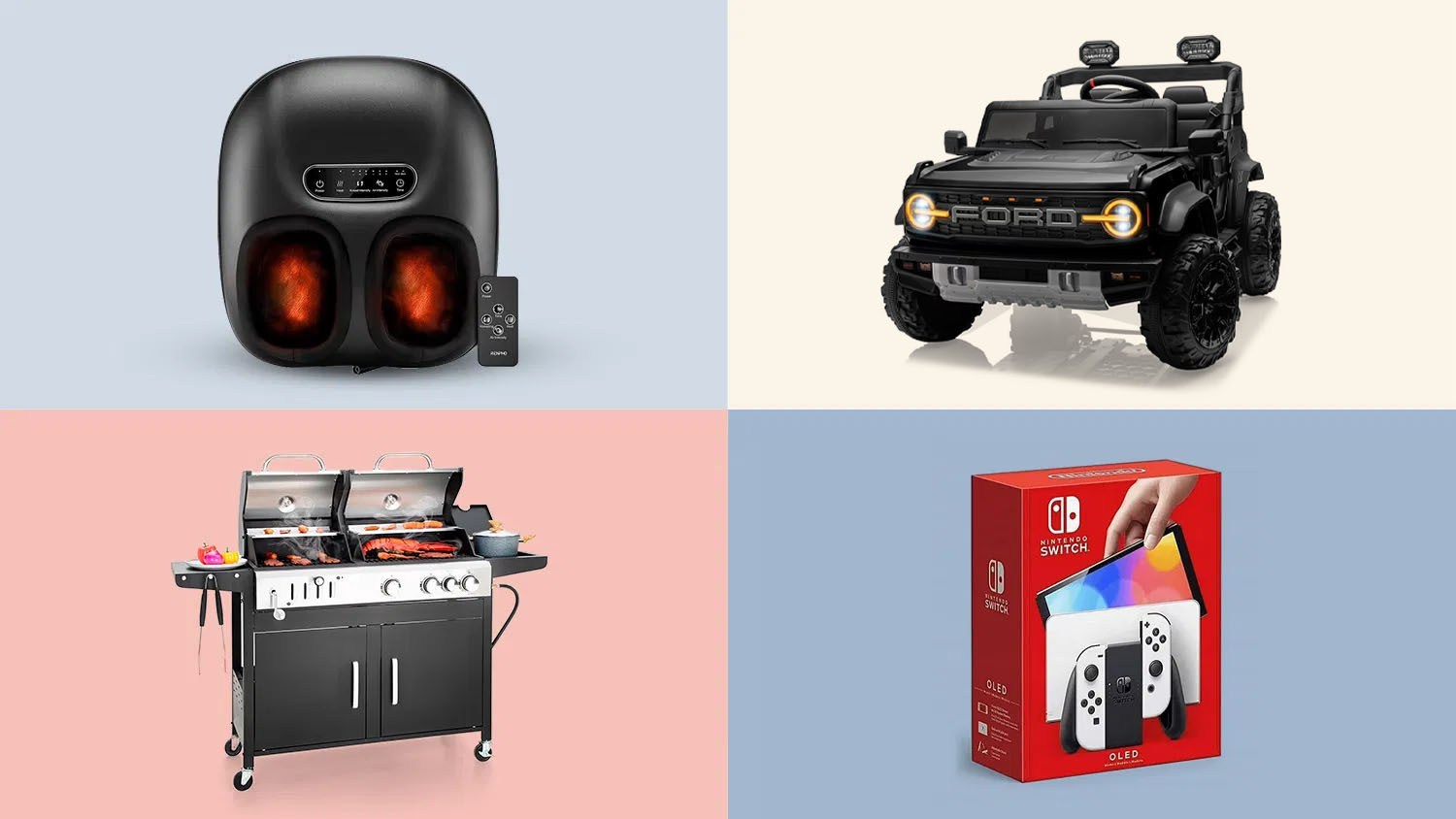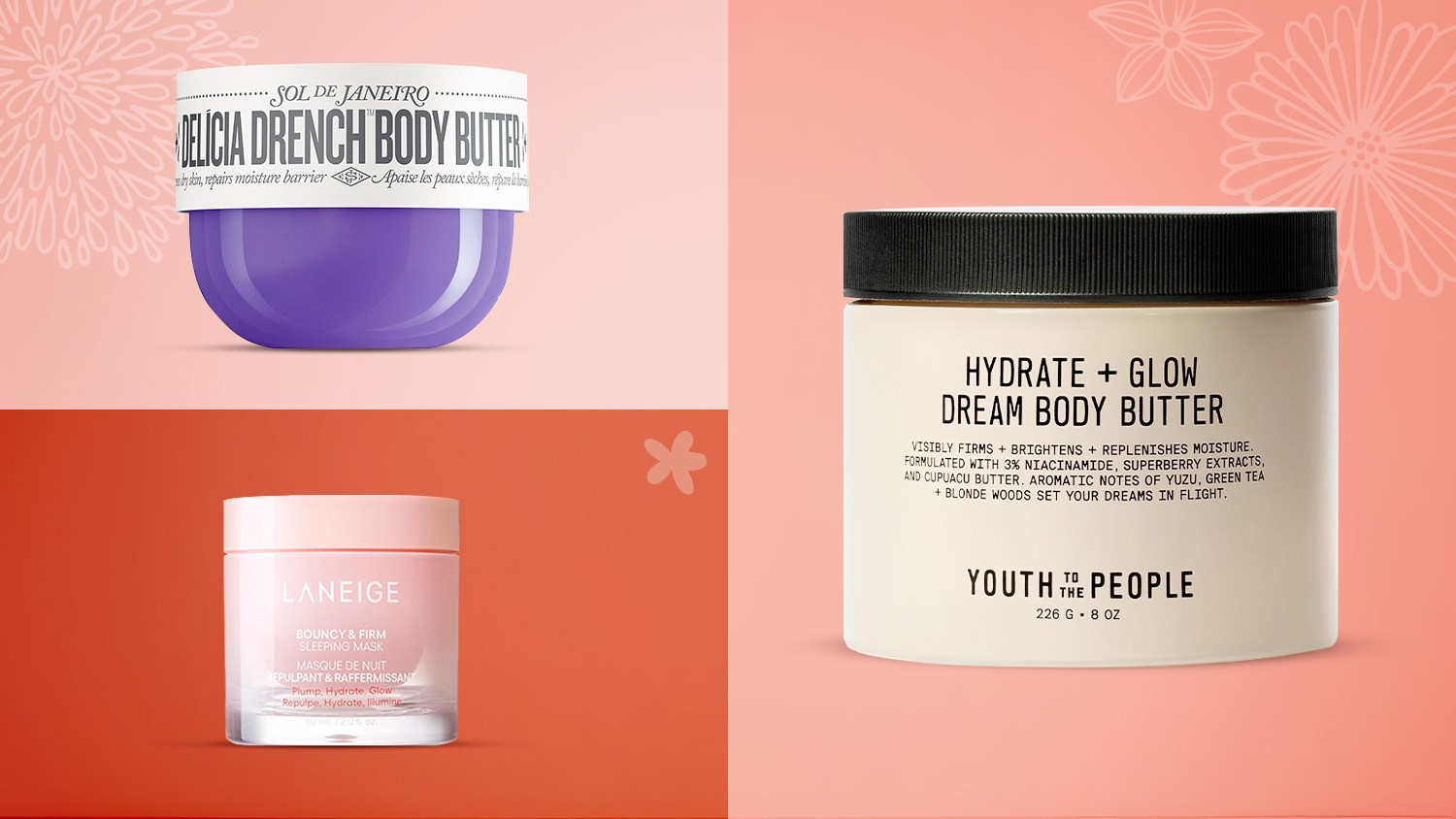MEMPHIS, Tenn. — As supply outweighs demand and the pace of COVID-19 vaccination slows down, what happens if Memphis and Shelby County fall short of reaching our vaccine goals?
Some doctors say it could mean wearing masks longer and a need for even more shots.
For months at mass vaccination sites such as the Fairgrounds’ Pipkin Building, health care workers, volunteers and lawmakers have been hard at work making sure every person who qualifies for a COVID-19 shot can get a shot. But some sites are seeing fewer and fewer people showing up to roll up their sleeves.
Bruce Bush said he got vaccinated because he wanted to be able visit his grandson, a patient at St. Jude Children’s Research Hospital.
“It’s been great since I’ve been vaccinated. I feel like I can be out and feel safe. So yes, I’m very happy I’ve been vaccinated,” Bush said.
Unlike him, many others are COVID-hesitant, refusing to get vaccinated. As the city and county reopen for business and mask mandates are eased, many question whether Shelby County can reach what’s called herd immunity also needed to fight COVID.
But what exactly is it?
“Basically, enough people are immune to where the virus is choked out. It doesn’t have a pathway to get around to the population very well,” said Dr. Steve Threlkeld, infectious disease specialist with Baptist Hospital.
Simply put, herd immunity is all about transmission. If enough people can’t catch and spread a virus, the virus struggles to find a new hosts.
Immunity can be granted hrough natural infection, where you actually get the diseases and get immunity, Threlkeld said. It’s not totally clear with this virus how long that lasts.
You can also get immunity by vaccination, and the COVID-19 vaccine is “dramatically effective,” he said.
In Shelby County, about 340,000 people have received at least one shot. But that’s just more than 30 percent of the population, or 48 percent of the county’s goal of 700,000 people vaccinated and not close to the herd immunity threshold.
“Many people have had the vaccine as we’ve talked about nearly 50 percent, we’re trying to approach, that have had their first shots. We really need to get to 70 to 80 percent to achieve that herd immunity,” said Dr. Manoj Jain.
But achieving herd immunity would mean more young people in their 20s, 30s and 40s would have to get vaccinatied.
Jain says he’s worried what could happen if they don’t.
“Younger people need to get the vaccine. If we look at places like Michigan, many young people are in the hospital very sick and dying. This does not need to happen here,” he said.
Those not getting their shots live in many different ZIP codes, From Frayser to Hickory Hill to South Memphis.
A CDC report shows a high percentage of people are hesistant to get the vaccine, especially in southeast Memphis, where 28 percent of adults living there say they probably won’t or defintely won’t receive the vaccine.
But Dr. Jeff Warren says there are also many other groups slowing efforts to reach herd immunity.
“We’ve got a number of African Americans that aren’t getting vaccinated,” Warren said. “We’ve got our young people under 45 to 16 who just aren’t stepping up. … We’ve got plenty of vaccination all over the city with or without appointments and we’ve got older Republican males that aren’t getting vaccinated.”
If we don’t reach herd immunity by this fall, life in Memphis could mean wearing masks longer and the need for more shots.
“I think it’ll be situational As we move into next winter there’ll be a lot more opportunities where we’ll need to wear masks,” Threlkeld said.
Warren said down the road, he thinks we’re going to be looking at booster shots that occur once a year that will be based on whatever this variance the virus has.
“This is going be like getting your flu shot every year,” he said.
It’s life in the new normal as we try to co-exist with coronvirus, as health experts push to get people vaccinated whether or not we reach herd immunity.
“We can make this community one that’s close to herd immunity. One where we are relatively protected and not only are we protecting ourselves, but we’re protecting those people who can’t vaccines,” Threlkeld said.
















